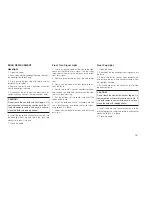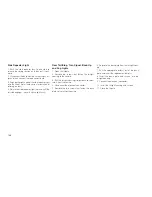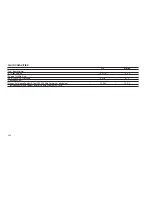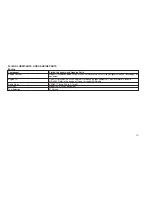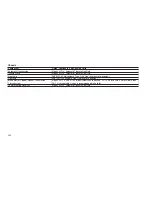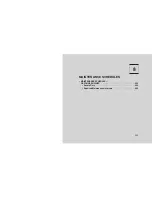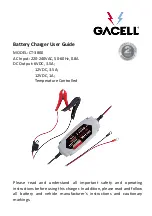
abrasions, and excessive swelling suggest dete-
rioration of the rubber. Particular attention should
be made to examining those hose surfaces near-
est to high heat sources, such as the exhaust
manifold.
Ensure the nylon tubing in these areas has not
melted or collapsed.
Inspect all hose clamps and couplings to make
sure they are secure and no leaks are present.
NOTE:
•
Often, fluids such as oil, power steering
fluid, and brake fluid are used during assem-
bly plant operations to ease the assembly of
hoses to couplings. Therefore, oil wetness
at the hose-coupling area is not necessarily
an indication of leakage. Actual dripping of
hot fluid when systems are under pressure
(during vehicle operation) should be noted
before a hose is replaced based on leakage.
•
Inspect the brake hoses whenever the brake
system is serviced and at every engine oil
change. Inspect hydraulic brake hoses for
surface cracking, scuffing, or worn spots. If
there is any evidence of cracking, scuffing,
or worn spots, the hose should be replaced
immediately! Eventual deterioration of the
hose can take place resulting in a possibility
of a burst failure.
WARNING!
Worn brake hoses can burst and cause brake
failure. You could have an accident. If you see
any signs of cracking, scuffing, or worn spots,
have the brake hoses replaced immediately.
Master Cylinder - Brake Fluid Level Check
Check the fluid level in the master cylinder imme-
diately if the brake system warning light indicates
system failure.
Check the fluid level in the master cylinder when
performing underhood services.
Clean the top of the master cylinder area before
removing the cap. If necessary, add fluid to bring
the fluid level up to the requirements described on
the brake fluid reservoir.
Overfilling of fluid is not recommended because it
may cause leaking in the system.
Fluid level can be expected to fall as the brake
pads wear. Brake fluid level should be checked
when pads are replaced. However, low fluid level
may be caused by a leak and a checkup may be
needed.
Use only manufacturer’s recommended brake
fluid. Refer to “Fluids, Lubricants, and Genuine
Parts” in this section for the correct fluid type.
WARNING!
•
Overfilling the brake fluid reservoir can result
in spilling brake fluid on hot engine parts and
the brake fluid catching fire.
•
Use of a brake fluid that has a lower initial
boiling point than the recommended product
or a brake fluid that is unidentified as to
FMVSS specification may result in sudden
brake failure during hard prolonged braking.
You could have an accident.
Use only brake fluid that has been in a tightly
closed container to avoid contamination from for-
eign matter or moisture.
CAUTION!
Do not allow petroleum-base fluid to contaminate
the brake fluid. Seal damage may result.
Automatic Transmission
Fluid Level Check
Your vehicle is equipped with a capped dipstick
tube that is sealed and it should not be tampered
with. Your authorized dealer has the proper tools
to ensure that the fluid level is set properly.
188
Summary of Contents for Cherokee 2009
Page 1: ......
Page 2: ......
Page 3: ......
Page 5: ...2...
Page 9: ...6...
Page 11: ...8...
Page 15: ......
Page 45: ...42...
Page 50: ...Rear Window Defroster If Equipped 89 ROOF LUGGAGE RACK IF EQUIPPED 90 47...
Page 51: ......
Page 63: ...60...
Page 64: ...61...
Page 65: ...62...
Page 97: ...INSTRUMENT CLUSTER 94...
Page 106: ...Compass Variance Map 103...
Page 111: ...Compass Variance Map 108...
Page 116: ......
Page 120: ...117...
Page 123: ...Control Setting Suggestions for Various Weather Conditions 120...
Page 147: ......
Page 159: ......
Page 162: ......
Page 175: ...172...
Page 179: ......
Page 210: ...9 IF YOU NEED CONSUMER ASSISTANCE IF YOU NEED ASSISTANCE 208 207...
Page 212: ...209...
Page 213: ...210...
Page 214: ...10 INDEX 211...
























